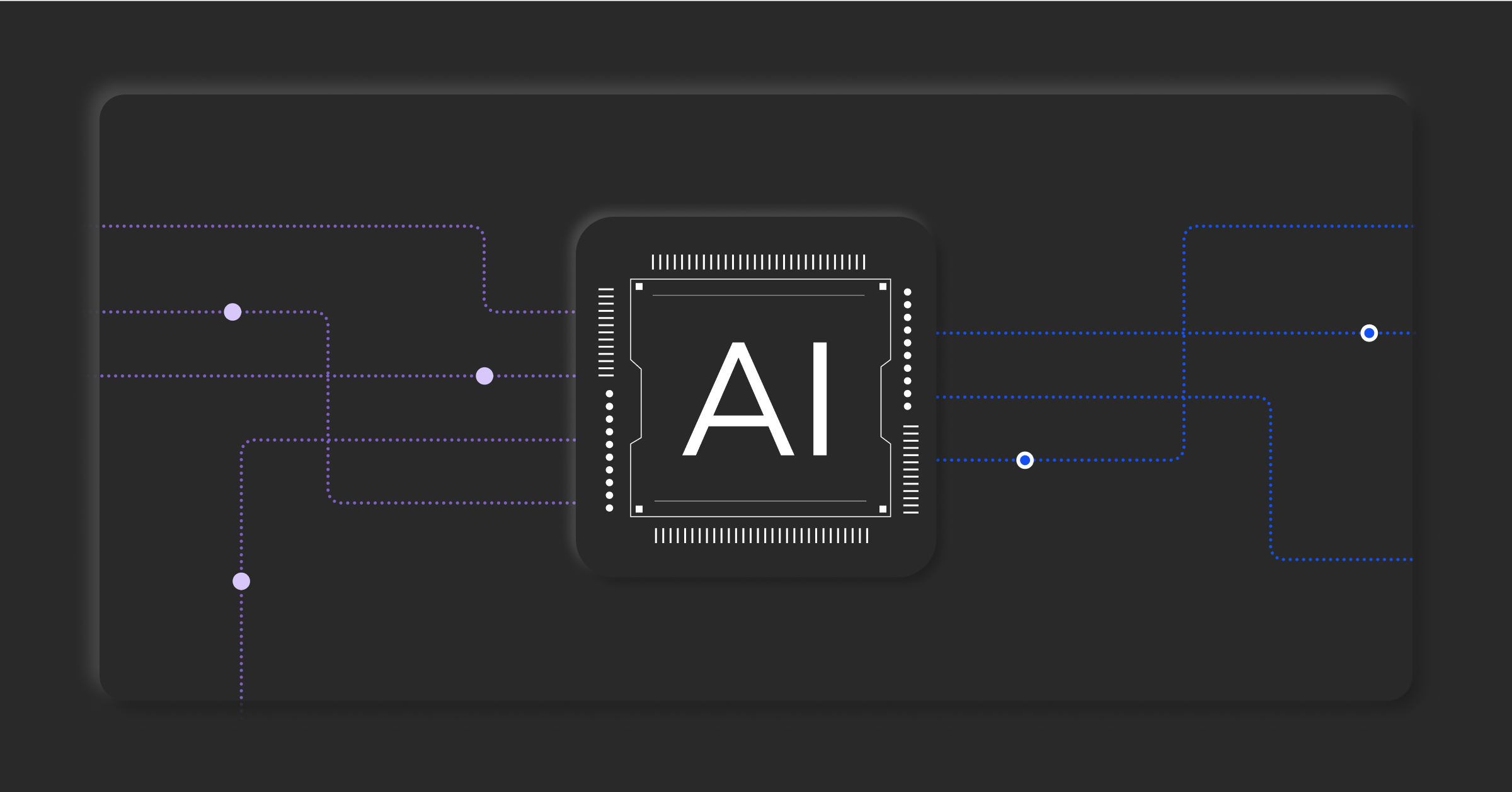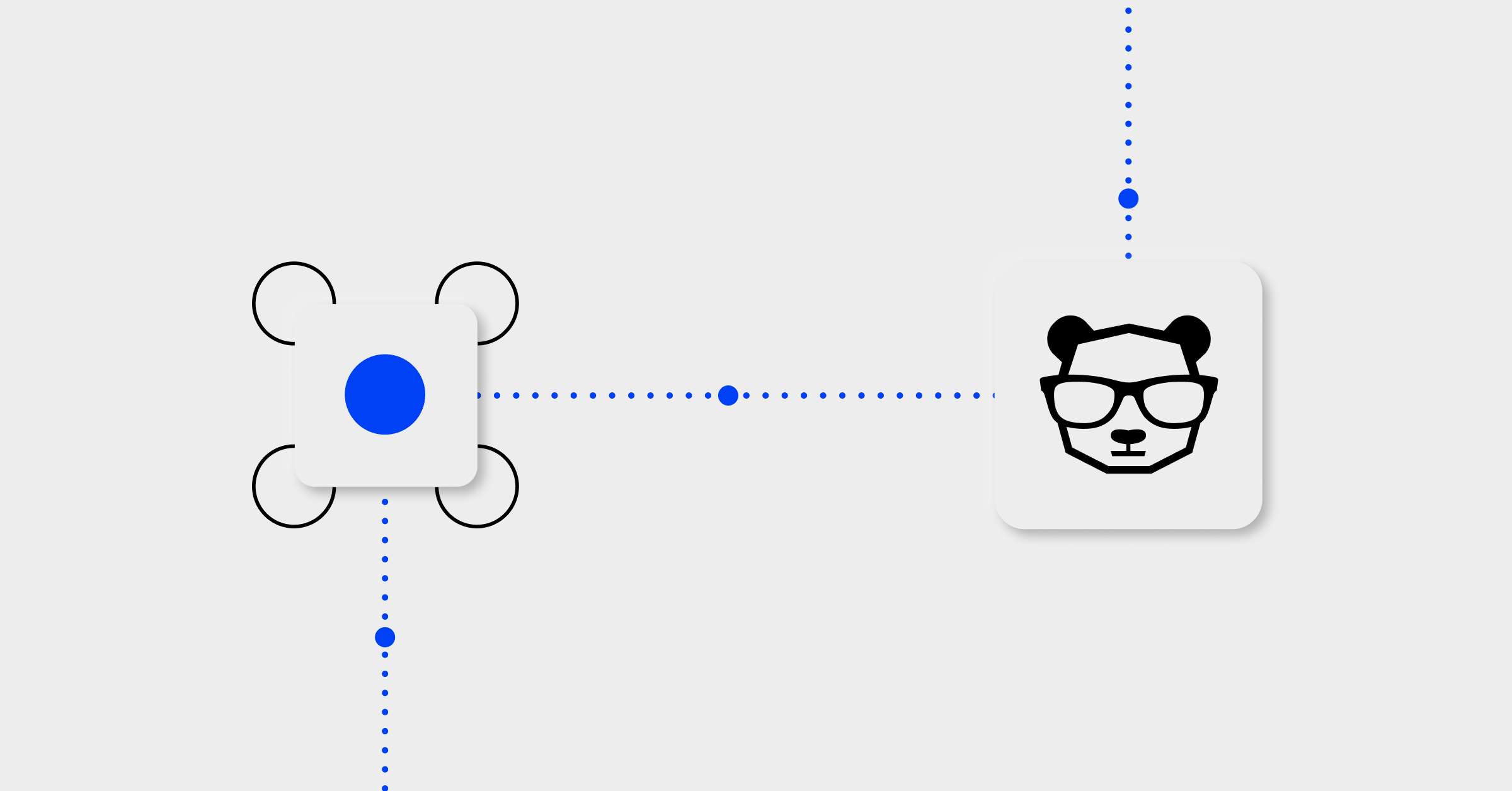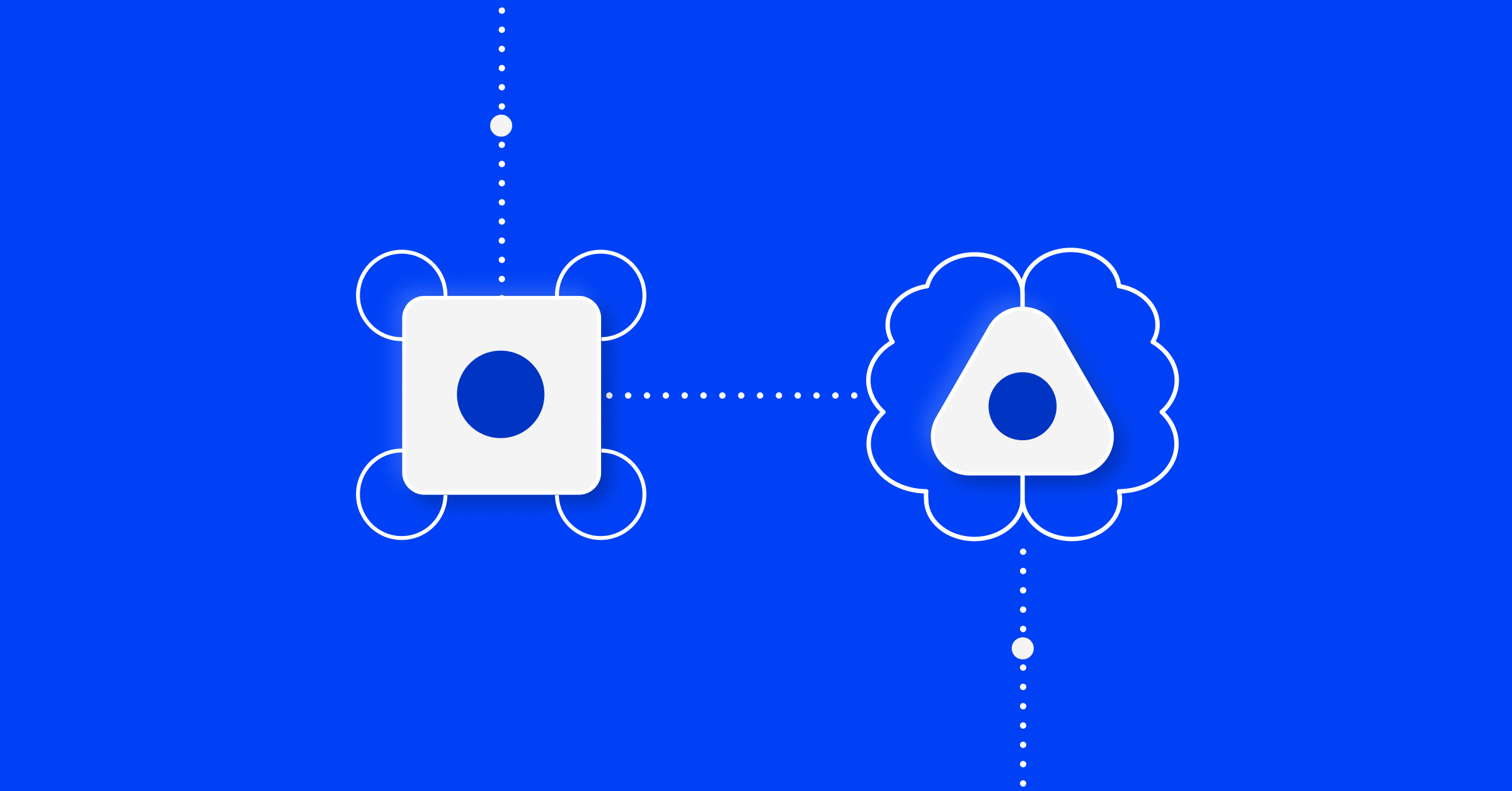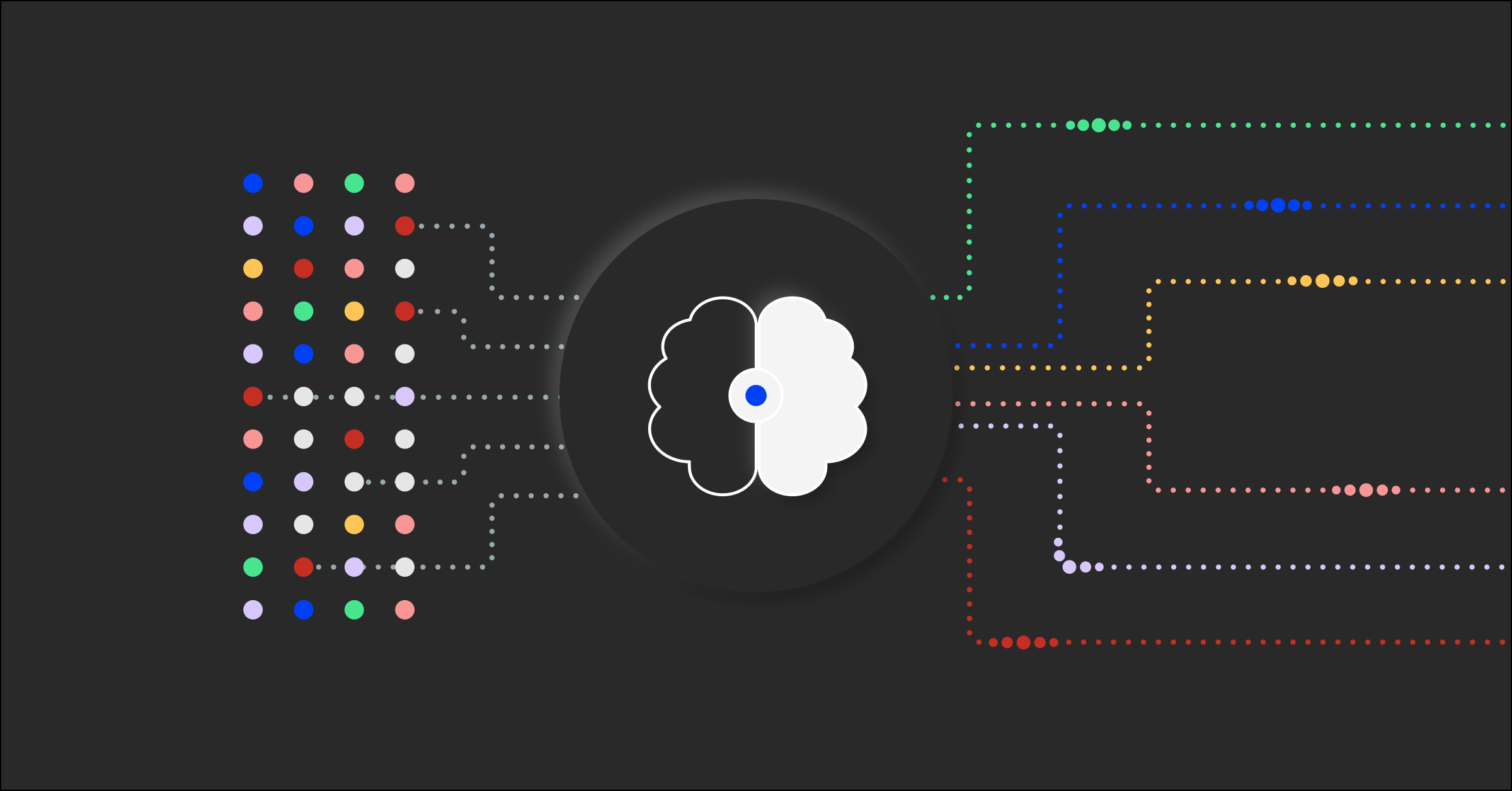Hybrid and multicloud IT environments have become standard for enterprises, and with good reason. These environments offer greater flexibility, improved resilience, and optimized performance by allowing organizations to leverage the best features of multiple cloud providers while maintaining the security of on-premises infrastructure. In their report, Reduce Hybrid Cloud Incident Impact With an AI-Driven ITSM Approach, Gartner® states that by “2027, 50% of legacy and on-premises customized application workloads will be transformed for cloud delivery, which is a major increase from 20% in 2022.”
While enterprises are increasingly adopting hybrid and multicloud IT infrastructure, this comes at the cost of massively increased complexity. This complexity reduces end-to-end visibility and challenges the teams tasked with ensuring service reliability, improving operational efficiency, and stopping incidents before they become outages.
Enterprises typically rely on IT Service Management (ITSM) frameworks to maintain service reliability. These frameworks provide structured processes for event management, incident management, change management, problem management, and other disciplines to ensure service continuity. ITSM helps centralized IT teams standardize operations, minimize disruptions, and ensure consistent delivery across the organization.
These traditional, reactive, tiered support models are no longer viable solutions to address the demands of complex hybrid environments. Organizations must embrace new strategies that prioritize visibility, collaboration, and automation to remain competitive. Gartner recommends that “I&O leaders leverage an AI-driven approach to adapt organizational service management and operations practices for hybrid cloud environments.”
Let’s examine how I&O leaders can use advances in AI to streamline and accelerate incident management and enhance system visibility in complex hybrid and multicloud environments.
Recommendation: Use AI to gain end-to-end visibility of hybrid and multicloud environments
Modern digital environments span on-premises systems, SaaS, and cloud-native applications. As teams have to monitor increasingly complex systems, they tend to adopt more tools. However, even with multiple solutions in place, a siloed approach to monitoring can often fail to deliver comprehensive visibility.
Managing these systems without end-to-end visibility is like trying to solve a puzzle with missing pieces; it’s frustrating at best and impossible at worst. To mitigate this, Gartner recommends that I&O leaders “implement a comprehensive and collaborative observability strategy, with artificial intelligence (AI)-driven dependency mapping to increase end-to-end visibility in complex environments.”
AI-powered ITOps (AIOps) offers a solution to the challenge of gaining end-to-end visibility of complex environments by unifying observability data from various monitoring and IT management tools into a single platform. This gives enterprises a real-time, complete view of their IT environment. AIOps can pull data from multiple sources, including configuration management, service mapping, telemetry, and cloud-native services, to show how all parts of your infrastructure connect. End-to-end visibility helps your team quickly assess incidents, prioritize responses, and keep systems running smoothly.
Recommendation: Significantly reduce incidents by using AI for cross-domain data ingestion and event correlation
Cloud and multicloud environments produce overwhelming volumes of alert noise. When incidents occur, IT teams often face the challenge of sifting through a large volume of alerts that are low-quality or unactionable, hindering their ability to quickly and effectively address critical issues. Even when teams correctly identify a critical alert, they often lack the crucial context for operators to know what’s happening, why, and what to do about it. This leads to increased alert fatigue and reduced productivity as teams struggle to identify and prioritize genuinely important issues.
Reducing alert noise is critical for efficient incident response. AIOps platforms can ingest alert data from various sources, including observability, topology, change, and CMDB tools, and apply contextual and multidimensional alert correlation to identify actionable alerts. These platforms can apply AI-powered event correlation to correlate alerts across the IT infrastructure and enrich them with relevant context, transforming fragmented noise into high-quality, actionable alerts. This minimizes noise, reduces team fatigue, and improves visibility into incident priority and impact.
BigPanda customers often reduce alert noise by 80% within eight weeks of implementation and frequently exceed 90% or more over time.
“We were dealing with overwhelming alert volume, and were constantly escalating and having to wake everyone up at 2 am to get the whole team involved, said Ben Narramore, Director of Global Operations and Service Management at Sony PlayStation. “BigPanda helped us turn down the noise and link our data together, so my teams now have a single place where they can go to get answers and solutions.”
Recommendation: Use AI-enhanced, proactive incident management to minimize disruptions
With cloud and mutlicloud IT environments growing exponentially more complex, manual incident response processes are becoming unsustainable. To mitigate this, Gartner recommends deploying event intelligence solutions—an evolution of the term AIOps—to streamline event correlation and response.
Gartner states, “Event intelligence solutions enable product teams to manage incidents proactively by leveraging predictive analytics and anomaly detection. These platforms analyze shared telemetry data in real time, autogenerate incident tickets and recommend remediation steps. These capabilities empower teams to address issues before they escalate, significantly reducing incident frequency and impact.”
By adopting event intelligence solutions (EISs), organizations can shift from reacting to incidents to predicting and preventing them, significantly improving service resilience. The key capabilities of an EIS include:
- Cross-domain data ingestion from infrastructure, application, and cloud-native tools.
- Real-time analytics and AI-powered anomaly detection.
- Noise reduction and event correlation to rapidly identify critical alerts.
- Automated remediation and seamless integration with ITSM tools and CI/CD pipelines.
EISs can significantly enhance, optimize, accelerate, and automate IT operations (ITOps) and event management processes. At BigPanda, we believe our platform aligns closely with the Gartner definition of an EIS and offers multiple features that deliver these capabilities and maximize their value and impact.
Learn how adopting an AI-powered approach to ITSM can reduce the impact of hybrid cloud incidents
When business continuity depends on the health of hybrid IT environments, minimizing the frequency and impact of IT incidents is critical. The Gartner report, Reduce Hybrid Cloud Incident Impact With an AI-Driven ITSM Approach, provides a clear roadmap for using AI to improve operational visibility and shift toward proactive incident prevention.
Get your copy to learn how enterprises can use an AI-powered approach to ITSM to enhance operational efficiency and deliver resilient, responsive digital services that meet ever-evolving customer expectations.
GARTNER is a registered trademark and service mark of Gartner, Inc. and/or its affiliates in the U.S. and internationally and is used herein with permission. All rights reserved.
Gartner does not endorse any vendor, product or service depicted in its research publications and does not advise technology users to select only those vendors with the highest ratings or other designation. Gartner research publications consist of the opinions of Gartner’s Research & Advisory organization and should not be construed as statements of fact. Gartner disclaims all warranties, expressed or implied, with respect to this research, including any warranties of merchantability or fitness for a particular purpose.




